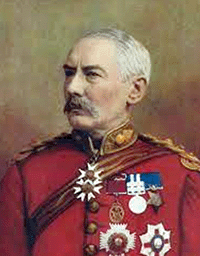
Bible Archeology: History
Biblical archaeology is a subtype of Biblical studies. It studies archaeological sites from the Ancient Near East and especially the Land of Israel and Canaan. It emerged in the late 19th century with the aim of confirming the historicity of the Bible.
Between the 1920s, (when Palestine came under British rule), and the 1960s, biblical archaeology became the dominant American school of Levantine archaeology. The explorations were mostly funded by churches and headed by theologians. From the late 1960s, however, biblical archaeology began to push aside the religious aspects of the research, leading the American schools to shift away from biblical studies and focus on the archaeology of the region and its relation with the biblical text.
The most important source of information about the region of Palestine is the Hebrew Bible, which covers times in the late Bronze Age and Iron Age periods. Comparative study of bible text and archaeological discoveries can help us understand ancient peoples and cultures of the Near East. Although both the Hebrew Bible and the New Testament are taken into account, the majority of the study centers around the former.
History

Archaeological explorations began in the 19th century by European explorers. Renowned archaeologist Edward Robinson discovered a number of ancient cities. Large investigations were carried out around the Temple in Jerusalem in 1867 by Charles Warren and Charles William Wilson, for whom Jerusalem's "Wilson’s Arch" is named. In 1890, Sir William Matthew Flinders Petrie entered the scene, and subsequently became known as the "father of Palestine archaeology". Petrie laid down the basis for methodical exploration by assigning great importance to the analysis of ceramics as archaeological markers, using recovered objects or fragments to fix the chronology of a site, since pottery was made with different characteristics during each period throughout history.
During the British Mandate in Palestine (1922–1948), exploration of the Holy Land increased considerably. This era closed on a high note with the discovery of the Dead Sea Scrolls at Qumran in 1947 and its subsequent excavation, in large part be directed by Roland de Vaux. After the British Mandate ended in 1948, a new era began for the Holy Land with the foundation of the State of Israel and the entrance of Israeli archaeologists. Initially their excavations were limited to the territory of the state, but after the Six-Day War they extended into the occupied territories of the West Bank.
Modern biblical archaeology is often conducted by international teams sponsored by universities and government institutions such as the Israel Antiquities Authority. Professionals oversee volunteers who are recruited to participate in excavations. These groups make efforts to relate the results of one excavation to others nearby in an attempt to create a widening and more detailed overview of the ancient history and culture of the area.
